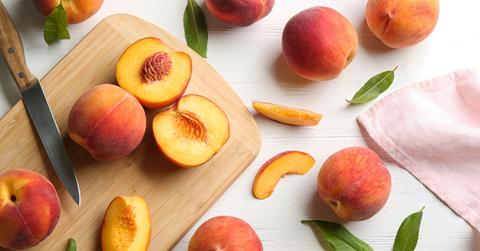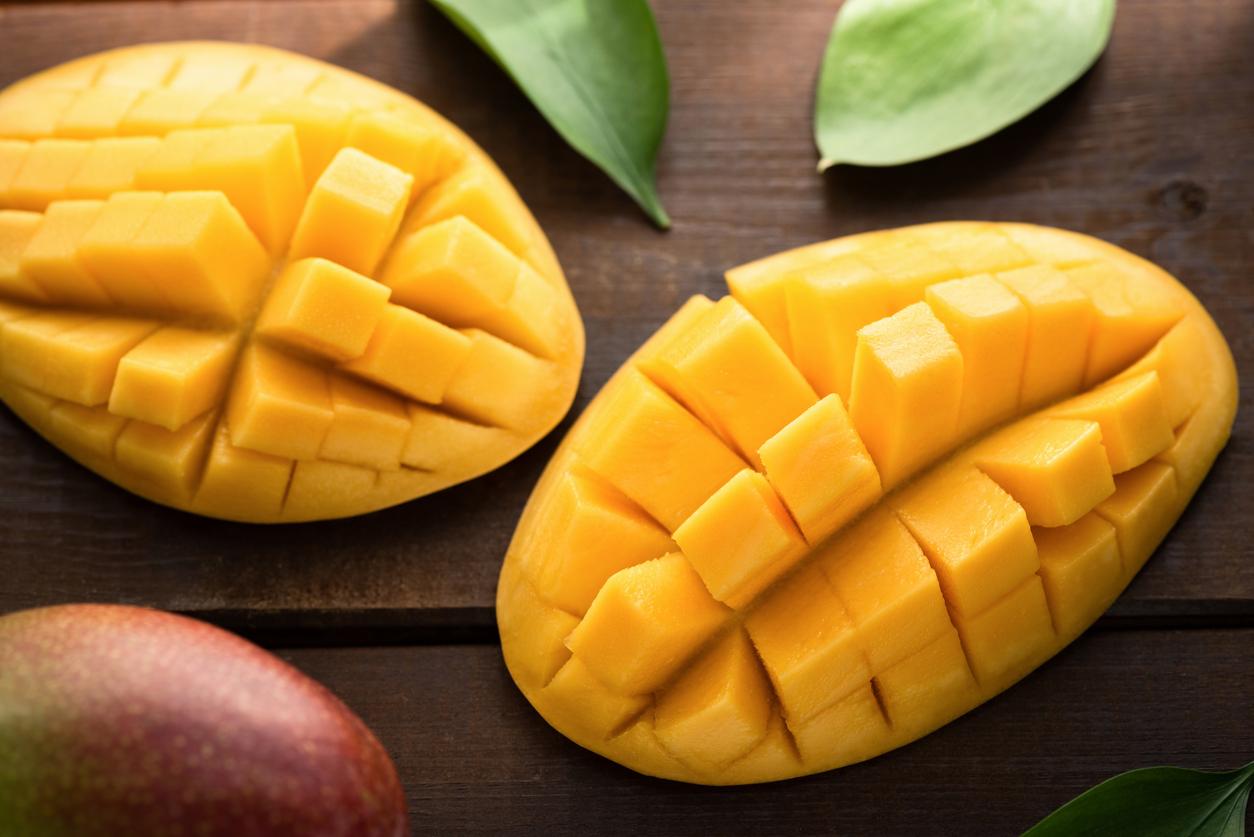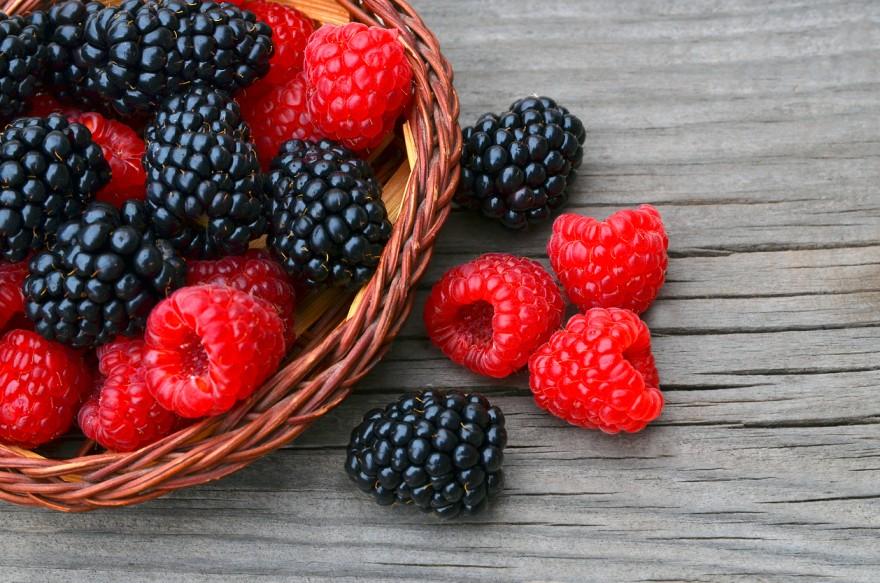Everything You Need to Know About Stone Fruit
Believe it or not, some fruits with "berry" in their names aren't berries at all — they're stone fruits.
Published June 6 2024, 3:47 p.m. ET

There are many oddities in the fascinating world of produce, such as the evolutionary change in the appearance of fruits, their aesthetic transition as they ripen, or the fact that tomatoes are actually considered fruits. Which fruits, then, belong to the category of stone fruits? Surprisingly, a lot of berries.
As you prepare your next fruit salad for a party or a refreshing fruit smoothie this summer, impress your guests and housemates with your impressive knowledge of which fruits are stone fruits and why they are labeled so from a botanical standpoint.

What is stone fruit?
When you cut open a stone fruit, you'll be greeted by a pit, or "stone" in its center, according to Southern Living. Also known scientifically as drupes, per the Encyclopedia Britannica, the fruit usually has a thin outer layer, a thick, fleshy middle, and a stony pit.
Per The Spruce Eats, the journey from harvest to supermarket is one that is not conducive to producing the best stone fruit. To wit: stone fruits are usually picked before they ripen, and refrigeration can both delay the ripening process and produce mealy flesh.
While farmers markets aren't always accessible to everyone, it's important to capitalize on finding stone fruit that is in-season to maximize your chances of finding the ripest, juiciest, most delectable stone fruit to use in recipes.
What fruits are stone fruits?
According to The Spruce Eats and The Kitchn, the following fruits are all stone fruits:
- Peaches
- Nectarines
- Cherries
- Plums
- Apricots
- Pluots
- Plumcots
- Apriums
- Coconuts
- Mangoes
- Dates
- Lychees
- Loquats
- Olives
- Pecans
- Green almonds
- Blackberries
- Mulberries
- Raspberries.
Yes, you read the last few items correctly. Per The Kitchn, almonds are the actual pit of the fruit grown from the almond tree; and blackberries, mulberries, and raspberries are actually stone fruits, not berries, despite their names.

What is the difference between a berry and a stone fruit?
The blackberries, mulberries, and raspberries described above are all what's known as aggregate fruits, per Tree Guide UK, due to their nature of multiple carpels within a flower merging together within a single fruit. More specifically, per the Encyclopedia Britannica, these fruits with berries in their name are aggregates of drupelets.
This botanical specificity explains the technical differences between a berry and a stone fruit. As Food52 clarifies, berries are fruits that contain multiple seeds and are derived from the ovary of an individual flower, while the stone fruits with "berry" confusingly included in their names are, as explained above, clusters of drupes with a single seed.
(Don't even get us started on the technicalities of strawberries.)
Additionally, per Southern Living, there are varieties of stone fruit usually associated with peaches. Clingstone fruits, as the name implies, contain a pit that clings to the fruit it is held within, whereas freestone fruits feature a pit that is loose (or "free") once the fruit is cut open.